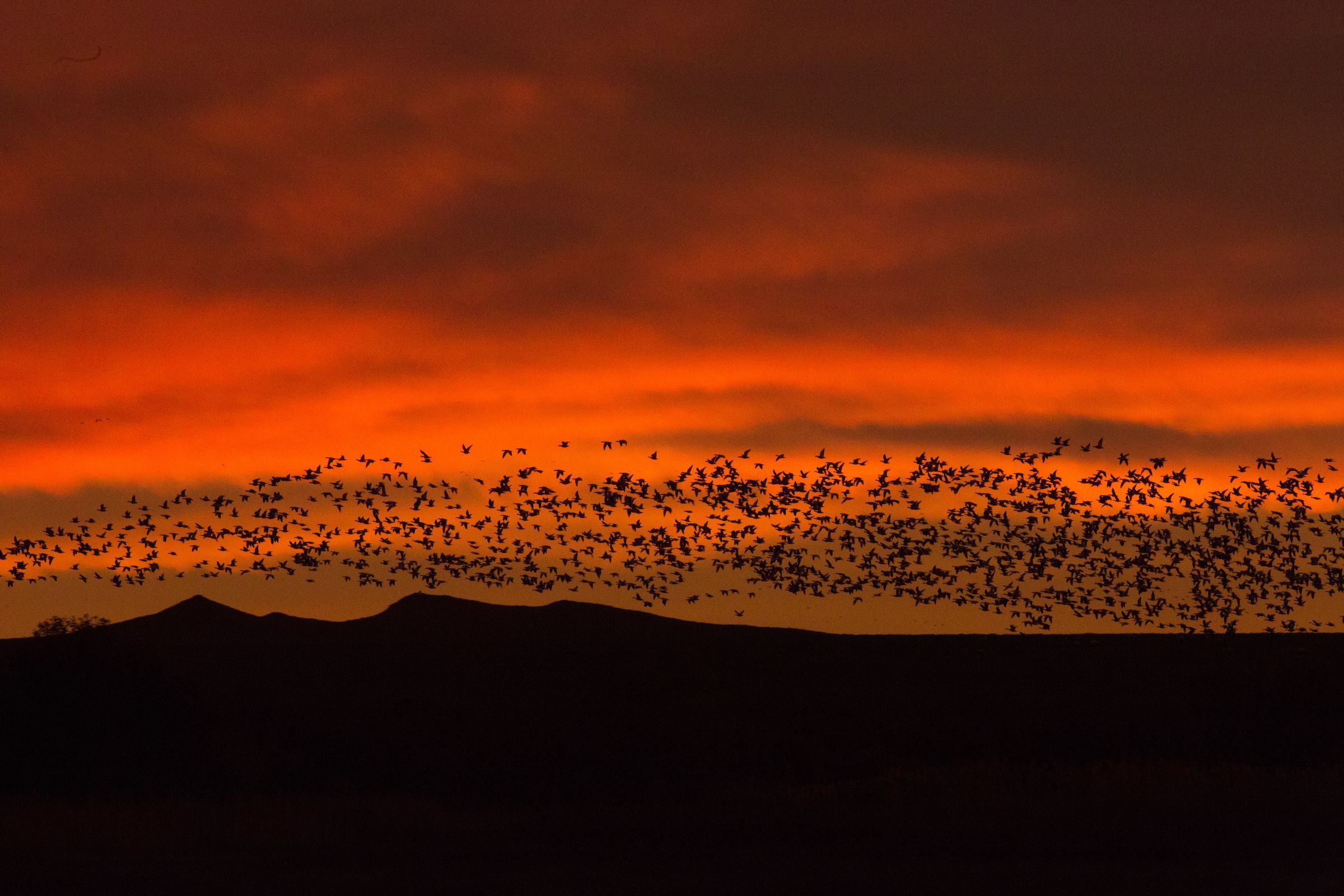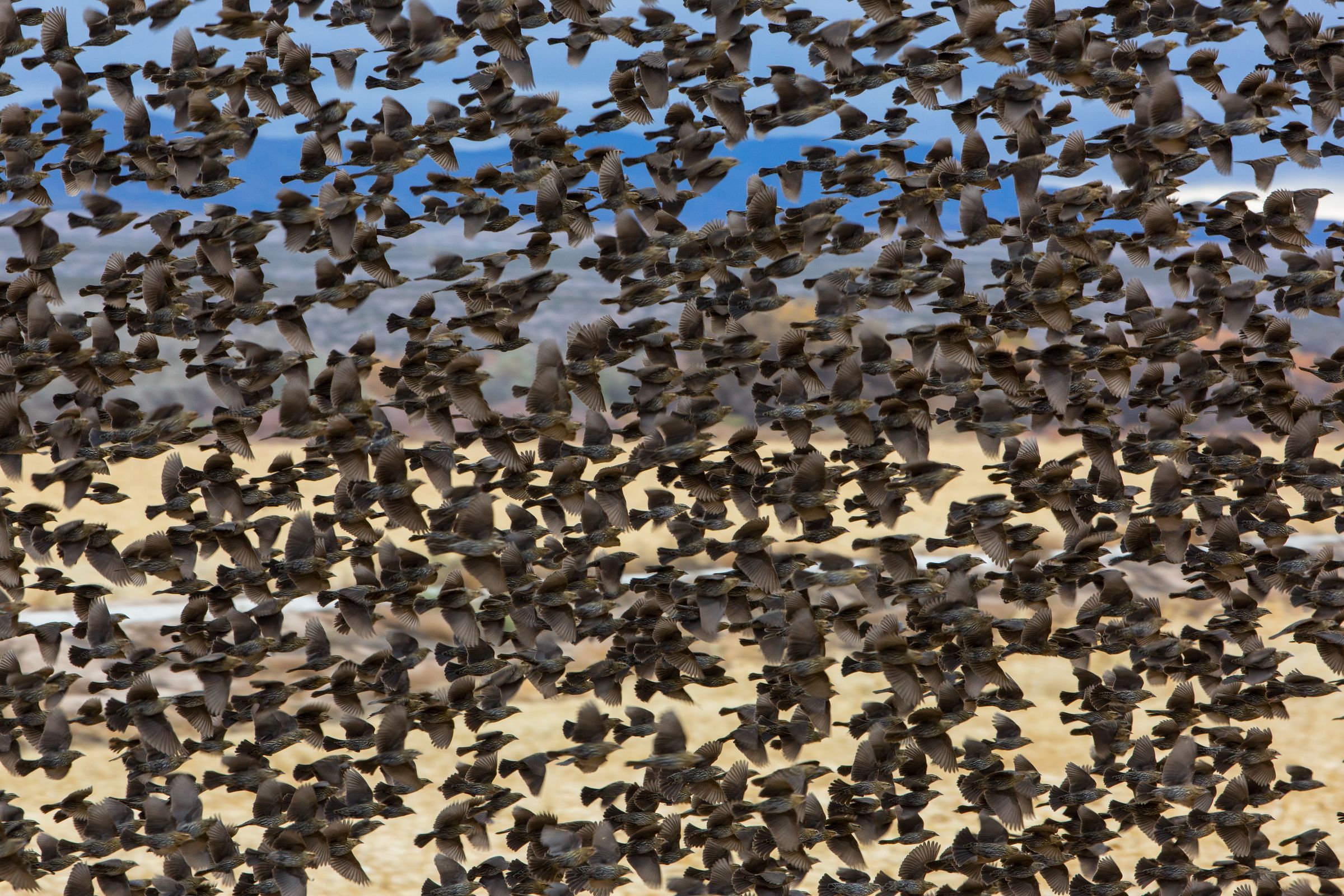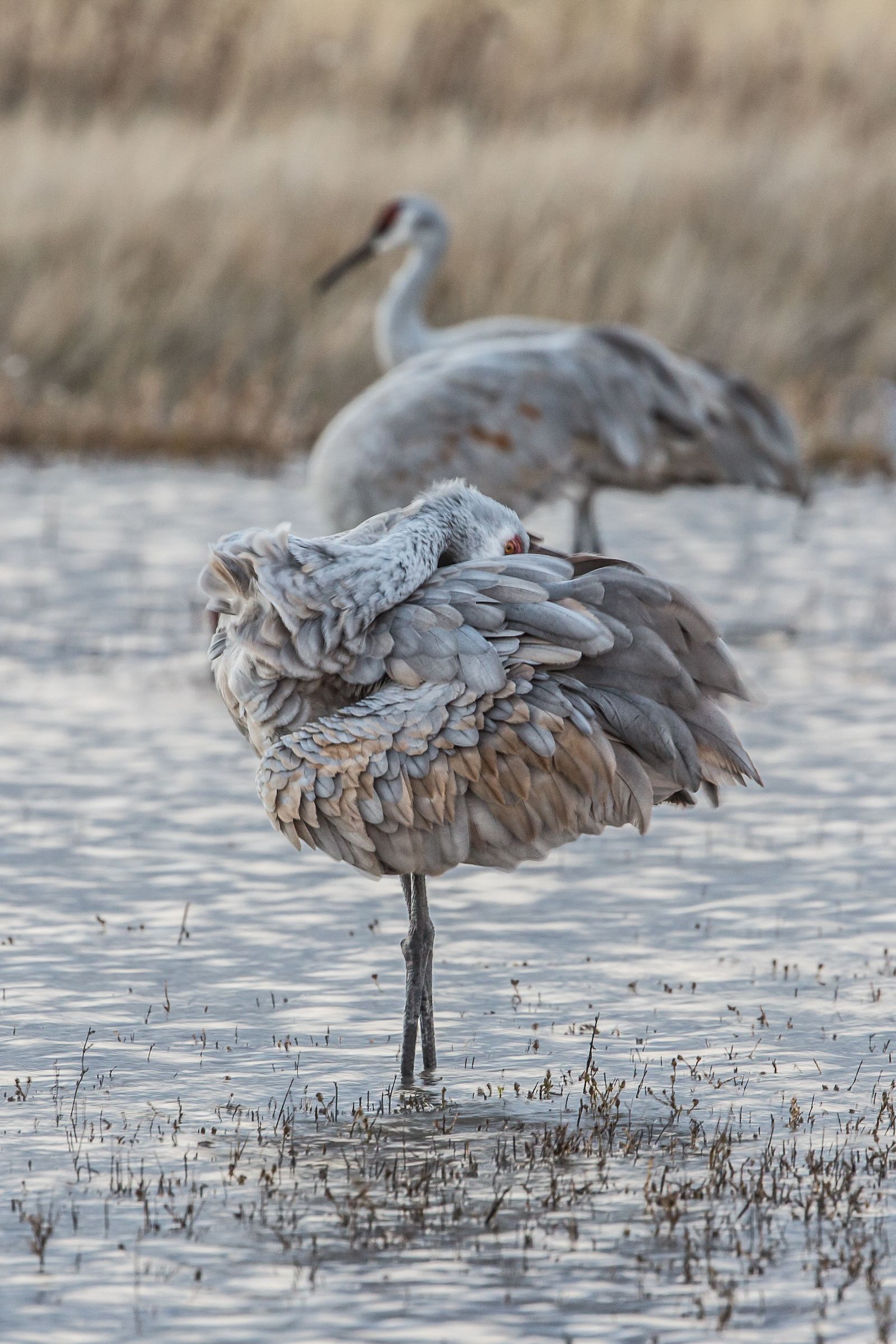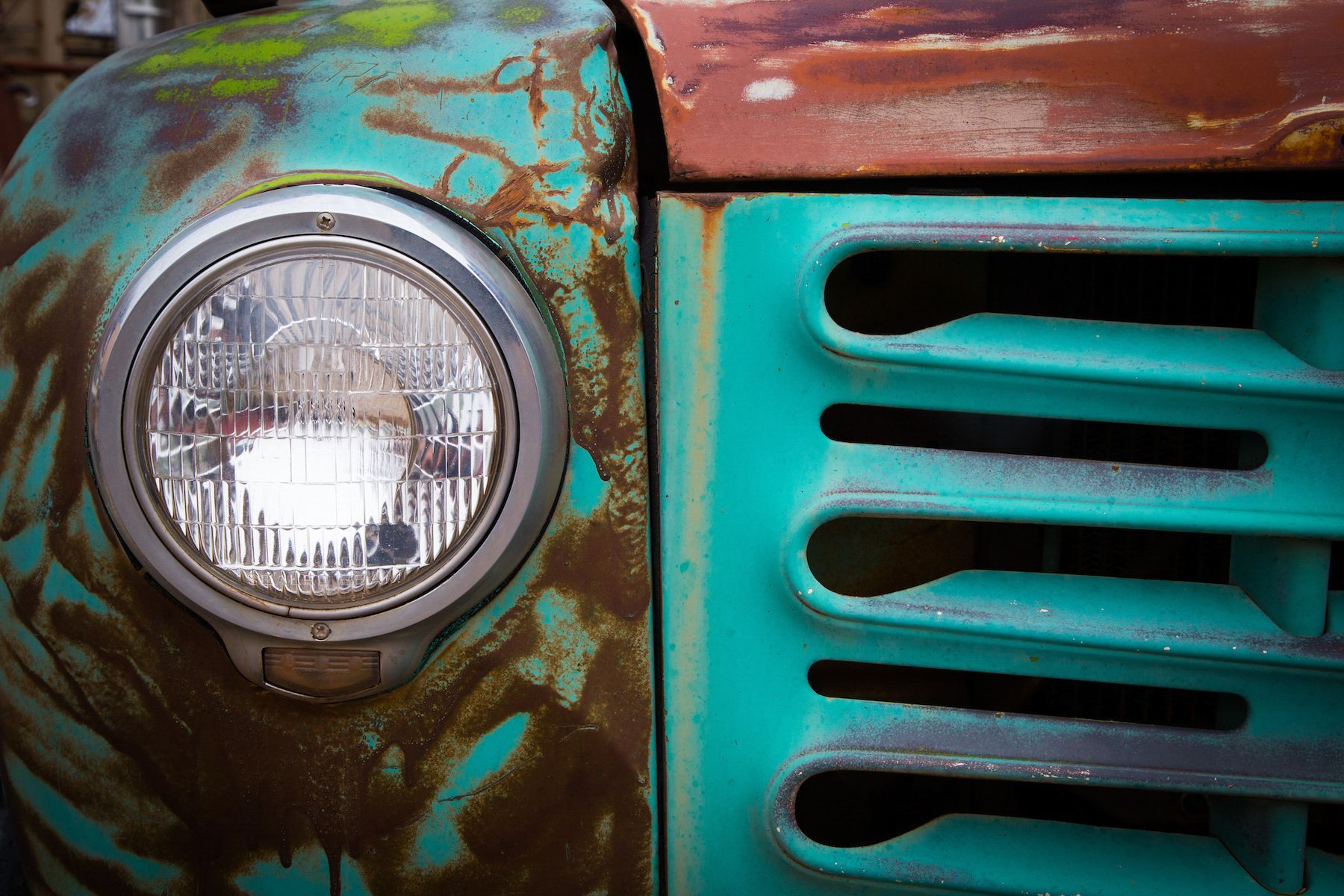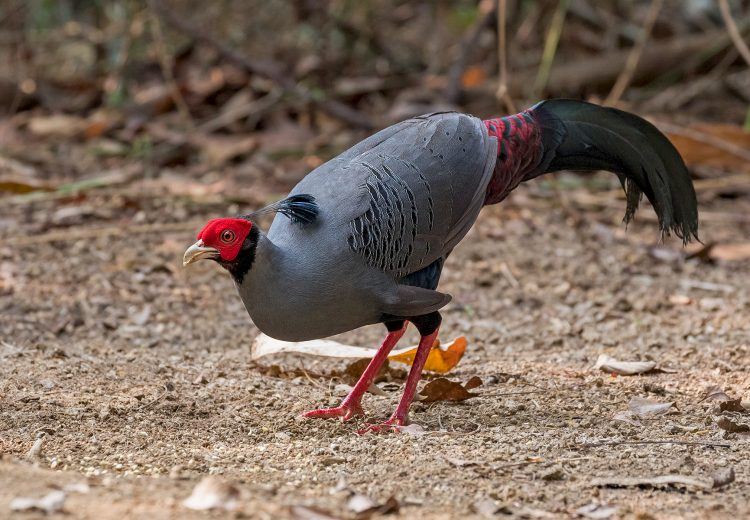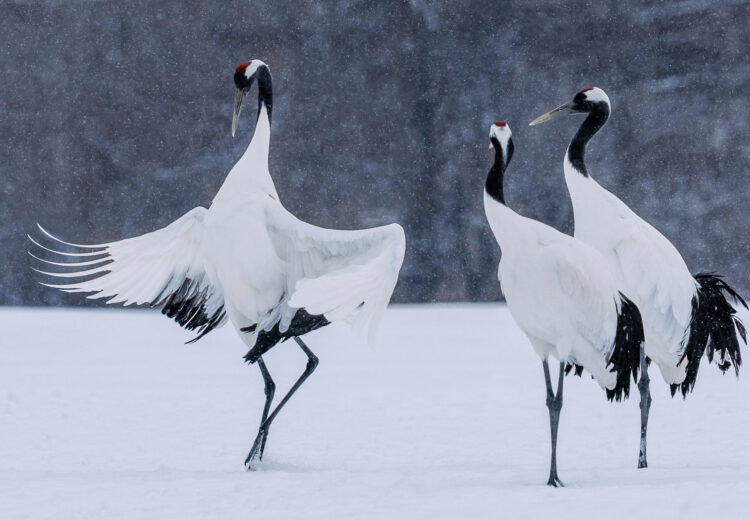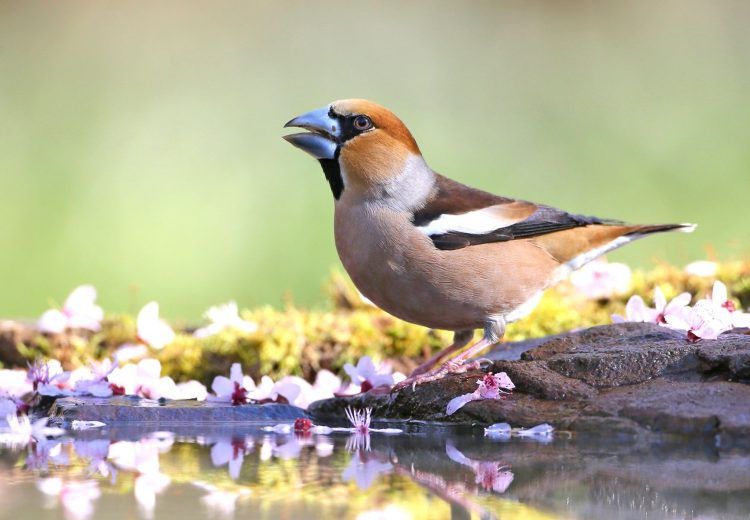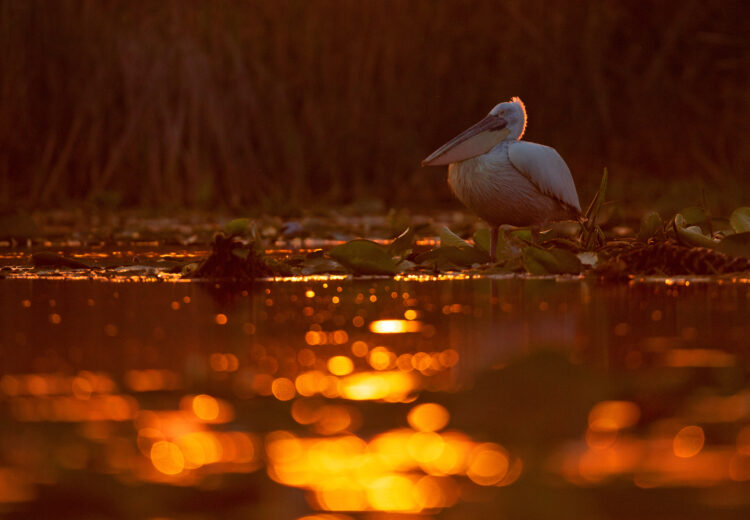United States of America
NEW MEXICO: CRANES, GEESE & LANDSCAPES – Bosque del Apache and White Sands
The wonders of Bosque del Apache and White Sands

































Sandhill Cranes flying over the hills during a stunning sunset in Bosque Del Apache (Image by Inger Vandyke)

Greater Roadrunner in Bosque Del Apache (Image by Inger Vandyke)

Sandhill Cranes flying on a fiery New Mexico sunrise (Image by Inger Vandyke)

Little Bluestem grasses at White Sands are the subject of a beautiful, quiet scene (Image by Inger Vandyke)

A vanguard of Snow Geese in flight at Bosque del Apache, New Mexico (Image by Inger Vandyke)

Snow Geese flying on a pink sky sunset at Bosque Del Apache (Image by Inger Vandyke)

Motion blur of Snow Geese taking flight behind Sandhill Cranes (Image by Inger Vandyke)

This hasn't been colour enhanced! A vanguard of Snow Geese on a fiery sunrise in New Mexico (Image by Inger Vandyke)

Bokeh in frosty grass at Bosque Del Apache, New Mexico (Image by Inger Vandyke)

A shy Mule Deer camouflages well with the vegetation of Bosque Del Apache (Image by Inger Vandyke)

Snow Geese blast off on an incredible New Mexico sunrise in a sublime combination of light, colour, movement and sound (Image by Inger Vandyke

Red grasses in Bosque del Apache, New Mexico (Image by Inger Vandyke)

Brewer's Blackbirds in flight (Image by Inger Vandyke)

Red skies at night (Image by Inger Vandyke)

Sandhill Cranes asleep in a pool at Bosque Del Apache (Image by Inger Vandyke)

Cottonwood zoom blur in Bosque Del Apache (Image by Inger Vandyke)

A large flock of Snow Geese in Flight at Bosque del Apache, New Mexico (Image by Inger Vandyke)

Sandhill Cranes flying through the storm clouds at sunset (Image by Inger Vandyke)

Bosque Del Apache isn't just about cranes and geese. Other birds like Great Blue Herons are present too (Image by Inger Vandyke)

A Soaptree Yucca lies fallen in the snow at White Sands National Monument (Image by Inger Vandyke)

Sandhill Cranes in flight (Image by Inger Vandyke)

Wildlife motion blur of Snow Geese flying into a storm front (Image by Inger Vandyke)

New Mexico is a surprisingly good place to photograph old cars like Studebakers (Image by Inger Vandyke)

Snow Geese are everywhere at Bosque Del Apache (Image by Inger Vandyke)

Studebaker detail (Image by Inger Vandyke)

Comical Gambel's Quails, with their funny bobble feathers, can be a fun side attraction for photography (Image by Inger Vandyke)

Sunset over the Chupaderas (Image by Inger Vandyke)

Morning feflection at Bosque del Apache (Image by Inger Vandyke)

Studebaker (Image by Inger Vandyke)

Snow Geese in Flight at Bosque del Apache, New Mexico (Image by Inger Vandyke)

Sandhill Cranes in flight during a light snow shower at Bosque del Apache (Image by Inger Vandyke)
|
Monday 1st December –
Tuesday 9th December 2025 Leader: Inger Vandyke |
9 Days | Group Size Limit 6 |
|
Friday 1st December –
Saturday 9th December 2028 Leader: Inger Vandyke |
9 Days | Group Size Limit 6 |
NEW MEXICO WILDLIFE PHOTOGRAPHY TOURS WITH WILD IMAGES
BOSQUE DEL APACHE
It is early winter, and as the temperatures plummet a small patch of reclaimed farmland and ponds in New Mexico erupts into one of the biggest wildlife spectacles of North America. The huge numbers of Sandhill Cranes and stunning white-and-black Snow Geese that winter at and around Bosque del Apache attract wildlife photographers from all over the globe. Many feel that this is the finest venue for wildlife photography in all North America.
Bosque del Apache straddles a patch of land between the foothills of the desert mountains and the Rio Grande, a river that has carved out an spectacular course, dented by four major basins, along an ancient rift valley. The rift valley is bordered in the north by Colorado, in the west by Arizona, in the east by the Magdalena Mountains (including the Cibola National Forest Reserve) towards Texas and in the south by Mexico. The reserve sits at the southern end of the Albuquerque Basin, south of the city of that name.
Bosque del Apache doesn’t look like much at first glance. After you leave the tiny town of San Antonio, a straight road running parallel to a railway line leads out to the reserve. En-route a few signs give you an idea of what might lie ahead. Mountain Bluebirds flit around the local fields looking for food. A Greater Roadrunner may run across the road in front of the reserve’s entry sign. The occasional Red-tailed Hawk will be sitting on the local power poles.
As you approach the reserve entry gate, you might open your window to watch the covey of Gambel’s Quail that seem to like hanging around the ticket office. However it’s only when you open the window that you hear them. The distant rumble of thousands of birds heralds your arrival into Bosque del Apache. A cacophony of sound that signals something great is about to appear. It is the magical chorus of up to 17,000 Sandhill Cranes and 40,000 Snow and smaller Ross’s Geese that characterizes one of the most abundant regions for wildlife in New Mexico. Capitalizing on carefully maintained maize fields and a series of ponds fed by irrigation canals, huge numbers of these migratory cranes and geese visit Bosque del Apache from early November through to mid-February to feast on remnant maize (corn) and vegetation before they return to their northern breeding grounds.
The sheer magnitude of the wildlife visiting Bosque del Apache can leave even the most wildlife weary photographer both humbled and speechless.
The reserve of Bosque del Apache is split into two loops, one in the north and the other in the south. In the north, a series of well considered viewing decks are constructed to allow spectators of this mass event the best possible views. These include the Flight Deck where you can watch thousands of geese and cranes launch themselves into the early dawn from their night roost, to the Farm Deck which looks directly over a rich all-day feeding field that is often covered in cranes and geese!
In the south a dirt road connects you to places where you might chance upon the reserve’s herd of Mule Deer or one of the more elusive wild coyotes that roam freely around Bosque del Apache.
Bosque del Apache is a reserve that is set up remarkably well for wildlife photographers, with a variety of platforms that can be visited to capture the best light on any given day.
A typical day on tour will start at dawn where our vehicle will be positioned to view the first of the day’s ‘Blast offs’, the abrupt and noisy departure flight of thousands of geese leaving their night roosts to visit their feeding grounds during daylight hours. These dawn starts in the reserve will alternate with trips to the western pools on the road into Bosque del Apache that act as a night roost for many cranes, geese and waterfowl. Beneath the blush of a clear new day a rosy hue is cast over the many birds that have used them as a place to rest during the evening. Some may be still sleeping, their heads hidden in plumage to keep warm, others might be just stretching their wings preparing to take off in small groups to visit other areas of the park. Aside from the first hand experience of watching Bosque del Apache erupt into life for the day, both locations offer unrivalled opportunities to capture silhouette shots of birds flying against the spectacular morning sky, take photos of their reflections in the stillness of the pools early in the morning or practice shooting images in low light situations.
After leaving our dawn photography site, we will slowly cruise the loops of the reserve at low speeds looking for shy and elusive Coyotes that are usually most active in the early hours. The morning light at Bosque del Apache is soft and many days are still enough to photograph incredible reflections of reeds and native Cottonwood trees in the reserve’s pools, spot skulking animals, watch the reserve’s herd of Mule Deer on the move and also photograph tiny passerines like American Goldfinches or birds of prey such as Red-tailed Hawk, the huge Bald Eagle or American Kestrel.
Stops at Bosque del Apache’s information centre for the bathroom, hot chocolate or coffee may even allow you to glimpse a native Javelina (a small wild pig) picking around the scraps of the centre’s bird feeders or a Cooper’s Hawk swooping on tiny birds, also at the feeder, while you take a break. Regular visitors to the feeder include Spotted Towhee and White-crowned Sparrow.
In the middle of the day, the group will pause for lunch at the famous Owl Café in San Antonio, which makes the best burgers in the area (and much else besides), before returning to the hotel for a break during the harsher light time of day.
Around 3.30pm, we will head out to the reserve again to watch the last of the day’s sunlight sink behind the Magdalena Mountains and cast a golden glow over the spectacular wildlife of Bosque del Apache as it flights back to the roosting sites before it settles down for another cold desert night.
BERNARDO
Offering a completely different perspective on the mass migration of Sandhill Cranes, the small reserve of Bernardo is about a 30 minute drive north of Bosque del Apache. A small unsealed road of about 3 kilometres (2 miles) connects a number of different sites including open grasslands, maize fields and deliberately planted alfalfa for bird food. While it doesn’t support the many thousands of creatures that Bosque del Apache attracts, up to 5,000 Sandhill Cranes can be seen here. Some scenes in Bernardo are almost reminiscent of the African savannah with their grassy verges interrupted by charismatic Cottonwoods. As we drive past the maize fields, we may see many cranes feeding inside the maize. They blend in surprisingly well with these fields.
NEW MEXICO INSTITUTE OF MINING & TECHNOLOGY
You may be asking yourself why a tertiary education institution is on the list of ‘must see’ places for a wildlife photography tour? As part of the landscaped gardens of the New Mexico Institute of Mining and Technology, there is a large pond with a surprisingly friendly flock of American Wigeon! These beautifully-plumaged ducks make for an entertaining short photography stop during the tour. Their iridescent plumage and emboldened stance against other waterfowl occupying their pond makes for endearing and stunning photographs! While we walk into the pond from the car park, we will also be looking for other woodland birds, including tiny Ladder-backed Woodpeckers.
WATER CANYON – CIBOLA NATIONAL FOREST
A short 21 mile drive west of Socorro, the rugged Water Canyon consists of a steep gorge carved into the Magdalena Mountains, a part of the Cibola National Forest Reserve which covers an area of 1.6 million acres and varies in elevation from 830 to over 3400 metres.
During the Bosque del Apache tour a morning will be spent visiting this stunning mountain region, much of which is so high that it is likely to be covered in snow.
This small detour will offer a stunning diversion from the flat lands around Bosque and we will be photographing the changing landscapes on the drive in to the mountains plus looking for species of birds that vary greatly from the avifauna of the surrounding valleys including White-breasted Nuthatch, Mountain Chickadee and Ruby-crowned Kinglet. If we are very lucky, we may even see a shy Elk or one of the region’s Pronghorn Antelope.
We will take a short and easy gradient walk through the Water Canyon in search of some of these creatures to photograph. If there is heavy frost or snow on the ground and we are visiting on a sunny day, the Water Canyon walk is an ideal place to practice photographing Bokeh.
WHITE SANDS NATIONAL MONUMENT
The vast and otherworldly dunescapes of the White Sands National Monument stretches due west from the military town of Alamagordo in southern New Mexico.
Rising from the bottom of the Tularosa Basin, the White Sands National Monument is a visual feast of white gypsum dunes, spotted with native agave plants set against a backdrop of mountain ranges on its western horizon.
It is an incredible place to practice landscape photography techniques – from the basics like rules of thirds and leading lines, to more complex exercises in composition, contrasts of light and form.
We will spend an entire afternoon and much of a morning at White Sands doing a gentle walk over a nature trail in the dunes in search of windswept trees and flowering agaves. During this small walk, we will be on the lookout for the spur or footprints of tiny desert creatures, stands of gnarled driftwood and wind eroded formations to photograph.
If the weather allows we will remain at White Sands to watch the sun sink below the horizon enhancing the long shadows cast by both the dunes and plants as the entire landscape morphs into darkness. We will then return to our hotel in Alamagordo for the night, with an early return to the dunes for photography next morning.
Accommodation & Road Transport
The hotels/motels selected for our New Mexico wildlife and landscape photography tour are of good standard. Transport is by passenger van/minibus and roads in New Mexico are mostly very good.
Walking
The walking effort in New Mexico is easy almost throughout. In White Sands a small amount of walking up dunes will be required.
Climate & Clothing
Typically it will range from cool to cold in New Mexico during the tour. Most days are sunny with wonderful blue skies, but it can be cloudy. Rain or snow are uncommon. Most of the touring will be done from a warm vehicle and the hotels are warm. At the photography sites, however, particularly around dusk and dawn, the temperatures are very chilly so extra layers of clothing, including thermal underwear, are essential.
Photographic Equipment
For bird photography at Bosque del Apache and elsewhere, if you use a DSLR for wildlife photography, either one or more prime telephoto lenses, with or without converters, covering the range from 200mm up to 500-600mm or more would be ideal. A 100-400mm or 200-400mm zoom, with or without a 1.4x converter, would also be suitable. For landscape and other images, a wide angle option in the 16-28mm range, plus something around 70-100mm would be good.
Alternatively, you can get great results in New Mexico using a high quality digital bridge camera with an optical zoom of 18-20x or more and a decent wide-angle setting at the other end of the zoom. If you have any queries about suitable equipment for the tour, please contact us.
Photographic Highlights
- A chance to do photography under the sublimely beautiful winter skies of New Mexico
- The incredible sunrise 'blast-offs' as thousands of Snow and Ross's Geese leave their overnight roosts to forage for the day
- Large flocks of blackbirds flying over Bosque del Apache in 'murmurations'
- The haunting calls of thousands of Sandhill Cranes as they fly overhead and as they feed in fields and pools
- Lots of chances to practice motion and zoom blur photography
- The ruined cars in a tiny, forgotten settlement
- Photography at the beautiful White Sands National Monument, including its dune-scapes, Bluestem grasses and Soaptree Yuccas
OUTLINE ITINERARY
- Day 1: Arrive in Albuquerque and stay overnight
- Day 2: Early morning visit to Sandia Crest before transferring to Socorro for five nights
- Days 3-6: Morning and afternoon photography workshops in Bosque del Apache
- Day 7: After a sunrise photography session at Bosque del Apache, transfer to Alamagordo for an afternoon of photography at White Sands National Monument
- Day 8: Early morning photography at White Sands National Monument before transferring back to Socorro for a final afternoon of photography at Bosque del Apache
- Day 9: Final morning of photography at Bosque Del Apache before transferring to Albuquerque where our tour will end.
To see a larger map, click on the square-like ‘enlarge’ icon in the upper right of the map box.
To see (or hide) the ‘map legend’, click on the icon with an arrow in the upper left of the map box.
To change to a satellite view, which is great for seeing the physical terrain (and for seeing really fine details by repetitive use of the + button), click on the square ‘map view’ icon in the lower left corner of the ‘map legend’.
PRICE INFORMATION
Wild Images Inclusions: Our tour prices include surface transportation, accommodations, meals and entrance fees.
Our tour prices also include all tips for accommodation/restaurant staff.
Deposit: 20% of the total tour price. Our office will let you know what deposit amount is due, in order to confirm your booking, following receipt of your online booking form.
TO BOOK THIS TOUR: Click here (you will need the tour dates)
2025: confirmed price £2660, $3390, €3230, AUD5390. Albuquerque/Albuquerque.
2028: provisional price £2810, $3590, €3420, AUD5700. Albuquerque/Albuquerque.
Single Supplement: 2025: £410, $530, €500, AUD840.
Single Supplement: 2028: £430, $560, €530, AUD890.
If you are travelling alone, the single supplement will not apply if you are willing to share a room and there is a room-mate of the same sex available.
This tour is priced in US Dollars. Amounts shown in other currencies are indicative.
Air Travel To & From The Tour: Our in-house IATA ticket agency will be pleased to arrange your air travel on request, or you may arrange this yourself if you prefer.
NEW MEXICO: CRANES, GEESE & LANDSCAPES: WILDLIFE PHOTOGRAPHY TOUR: DETAILED ITINERARY
Day 1
Arrival into Albuquerque for participants joining our New Mexico wildlife and landscape photography tour. Overnight in Albuquerque.
Day 2
Providing the weather is fine this morning, we will visit the spectacular Sandia Crest overlooking the city and its surroundings for the magnificent view, as well as the Rio Grande Nature Center State Park,which is good for photographing Wood Ducks and other birds.
Afterwards, we will travel southwards to Socorro for a 5 nights stay. We will make our first visit to Bosque Del Apache this afternoon.
Day 3
Dawn at Bosque Del Apache, followed by a morning touring the reserve’s two loops for wildlife photography. Lunch at the Owl Café and a rest stop at the hotel before visiting the reserve again for the late afternoon and sunset.
Day 4
Dawn at Bosque Del Apache, followed by a morning touring the reserve’s two loops for wildlife photography. Lunch at the Owl Café and a rest stop at the hotel before a visit to Bernardo. We will then return to Bosque Del Apache for sunset.
Day 5
Dawn at Bosque Del Apache, followed by a morning touring the reserve’s two loops for wildlife photography. Drive back to Socorro and visit the New Mexico Institute for Mining and Technology to photograph some beautiful American Wigeon and anything else of interest. Lunch will be at a Mexican restaurant in Socorro before we have a rest stop at the hotel. We will then visit Bosque Del Apache again for late afternoon and sunset.
Day 6
Dawn at Bosque del Apache, then a visit to Water Canyon in the Magdalena Mountains (snow conditions permitting). Lunch in Socorro and a rest stop at the hotel before visiting Bosque de Apache again for late afternoon and sunset.
Day 7
Dawn at Bosque del Apache before a morning drive to Alamagordo, where we will stay overnight. Spend the afternoon at White Sands National Monument until sunset.
Day 8
Morning photography session at White Sands, followed by the drive back to Socorro for an overnight stay. We should be able to enjoy a last sunset session at Bosque del Apache.
Day 9
This morning we will drive back to Albuquerque airport, where our New Mexico wildlife and landscape photography tour comes to an end.
Other Wild Images Tours particularly good for bird photography
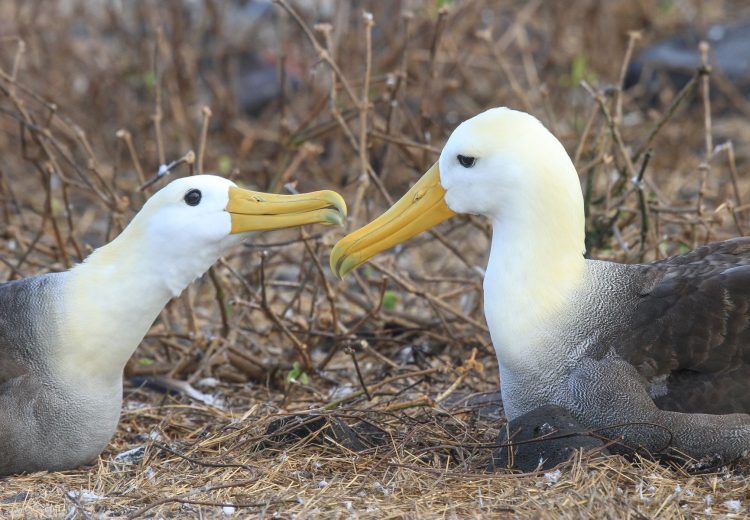
South America (including Galapagos)
May 2025











